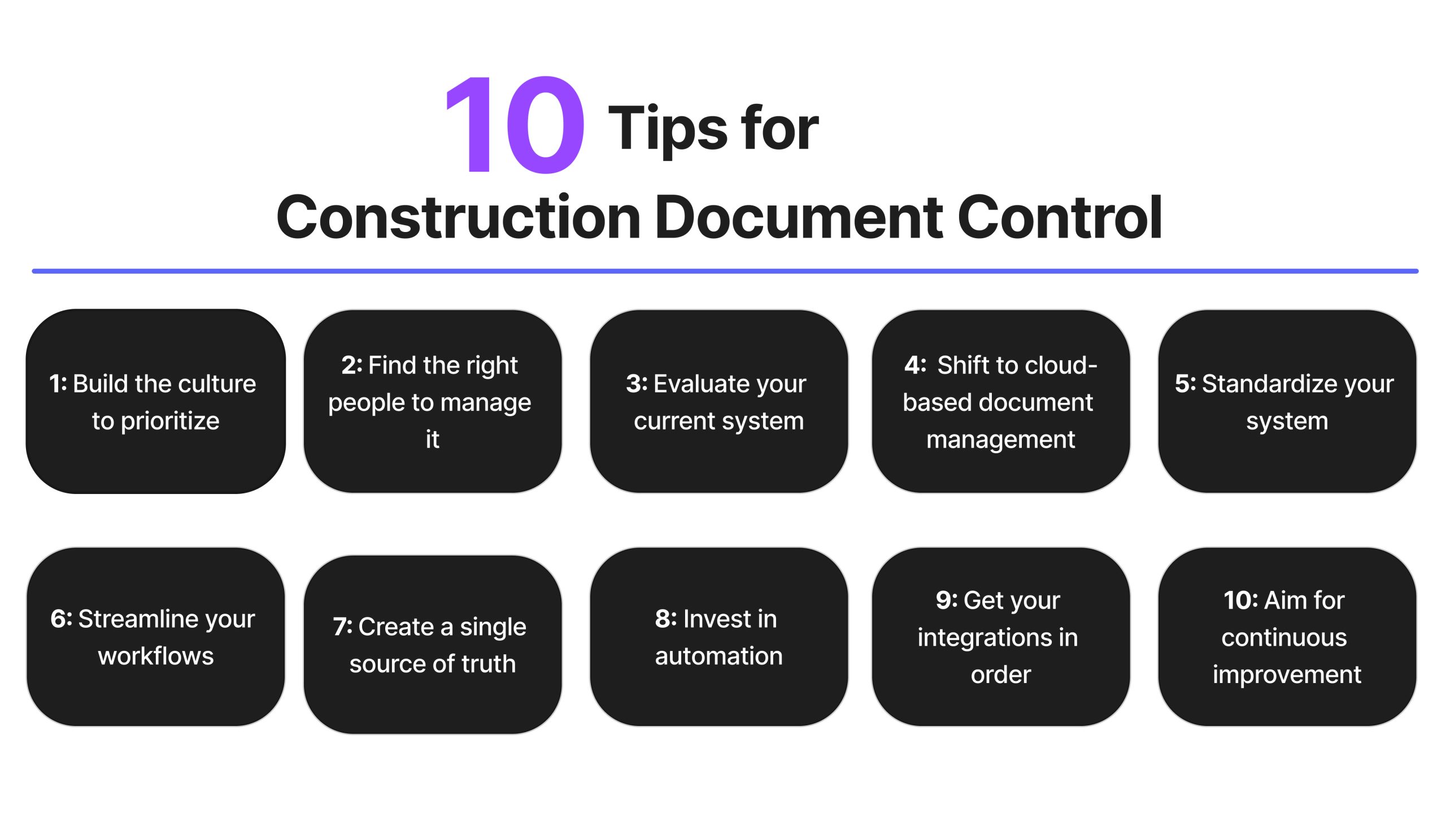Enhancing Workflow Efficiency: Architect's Expert Strategies for Building And Construction Paper Administration
In the realm of architectural layout and building and construction, the careful management of papers stands as a keystone for job success. These approaches not only make sure smooth project progression however additionally hold the essential to unlocking improved performance and accuracy in the complex world of building and construction paper monitoring.
Secret Document Company Techniques
When taking care of construction records, among the key strategies that designers employ is developing a efficient and methodical company system. This system generally includes categorizing records based upon their type, such as drawings, specs, contracts, and allows. By developing unique and clear categories, architects can quickly find specific info when required, conserving time and reducing errors in the construction procedure.
Within each category, engineers further organize papers by making use of or developing subfolders numbering systems to denote variations or modifications (construction document management). This hierarchical structure guarantees that one of the most relevant and present details is conveniently accessible while preserving a document of changes made throughout the job timeline
In addition, architects frequently utilize electronic document administration platforms that use attributes like keyword search functions, version control, and accessibility limitations to boost company and partnership amongst task stakeholders. These tools streamline the paper access procedure, advertise real-time updates, and help with seamless communication, inevitably adding to the general success of the construction project.
Collaborative System Assimilation
To optimize document administration effectiveness in building projects, designers flawlessly incorporate collaborative platforms to improve interaction and streamline control among job stakeholders. By leveraging joint systems such as job management software, cloud-based storage systems, and interaction devices, engineers can create a centralized hub for all project-related files and communication networks. These platforms permit employee to gain access to, evaluation, and team up on documents in real-time, decreasing delays and the threat of errors associated with typical document monitoring approaches.
Collective system integration likewise cultivates openness and responsibility within the job team, as all stakeholders have visibility into the current job updates and revisions. By streamlining communication and record sharing, architects can make sure that all team members are functioning from the most updated information, decreasing the opportunities of problems or misunderstandings emerging as a result of obsolete documents.
Furthermore, joint platforms enable smooth cooperation in between architects, specialists, clients, and various other task stakeholders, promoting an extra effective and cohesive task operations. By damaging down communication obstacles and assisting in information exchange, designers can drive productivity and development in construction jobs, ultimately bring about effective task outcomes.
Variation Control Finest Practices
Carrying out effective version control techniques is vital for maintaining file accuracy and uniformity in building tasks. By developing a clear system for taking care of modifications, project groups can make sure that every person is functioning from one of the most up-to-date paperwork, minimizing the risk of errors and inconsistencies throughout the construction stage.
Among the vital ideal techniques for variation control is to assign one-of-a-kind identifiers per file version. This can be attained by utilizing a numbering system or day stamp that plainly suggests the order of modifications. By clearly classifying each iteration, staff member can easily track the progression of the record and determine one of the most current version.

Automation Devices for Efficiency

File control software application, like Procore or PlanGrid, systematizes project paperwork, making it easily accessible to all stakeholders. These platforms permit real-time collaboration, version control, and automated back-ups, protecting against information loss. Furthermore, Structure Details Modeling (BIM) software application automates the generation of building and construction illustrations and makes certain that changes are integrated across all related papers.
Incorporating automation tools with cloud storage services additionally boosts accessibility and protection. By automating the record management process, job teams can concentrate their time and effort on value-adding activities, ultimately enhancing efficiency and task results.
Secure Data Management Solutions
Properly taking care of and safeguarding project information visit here is extremely important in the building industry to guarantee discretion and integrity throughout the task lifecycle. Building companies can use encrypted cloud storage space services to firmly keep and share project records with accredited employees.
Moreover, using digital rights management (DRM) tools includes an extra layer of security by avoiding the unauthorized distribution or duplication of job records. Regular information back-ups are important to mitigate the risk of information loss due to unanticipated circumstances like hardware failings or cyber-attacks. Collective platforms with built-in safety and security features enable smooth communication and data sharing among project group participants while preserving data honesty.
Verdict
To conclude, implementing crucial document organization techniques, incorporating collaborative systems, practicing version control finest methods, utilizing automation tools, and adopting secure data administration options are important methods for improving operations performance in building paper management. These expert approaches can simplify procedures, enhance communication, make sure accuracy, and preserve data safety throughout the building project lifecycle.
In the world of building layout and building, the meticulous administration of papers stands as a cornerstone for project success. These approaches not only ensure smooth task progression but also hold the vital to opening enhanced performance and precision in the intricate world of building document monitoring.
To enhance document administration effectiveness in construction directory projects, architects effortlessly integrate collective systems to improve communication and simplify sychronisation among project stakeholders. These platforms enable team participants to gain access to, evaluation, and collaborate on documents in real-time, lowering hold-ups and the risk of mistakes associated with conventional file management methods.
Utilizing automation devices in construction record monitoring significantly boosts performance and improves processes for task groups. construction document management.